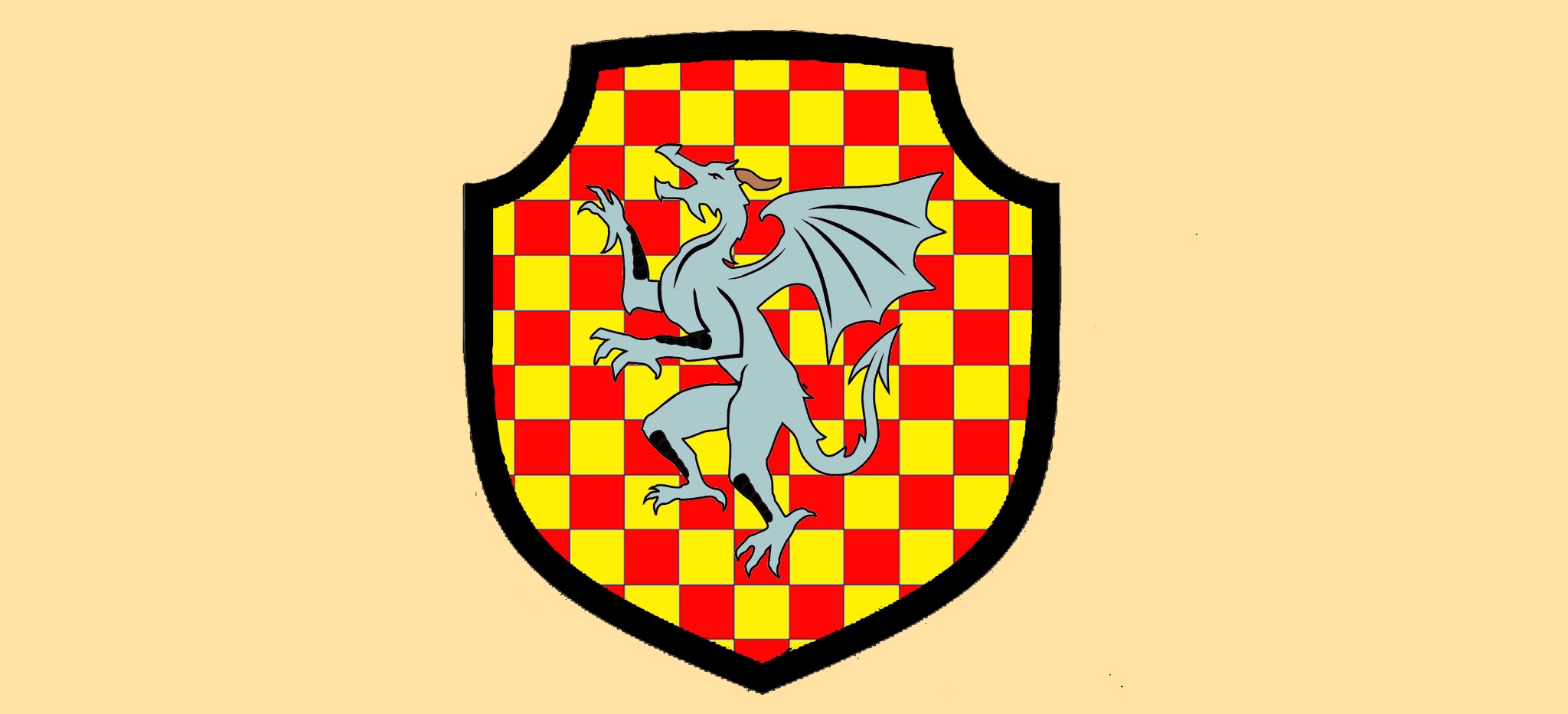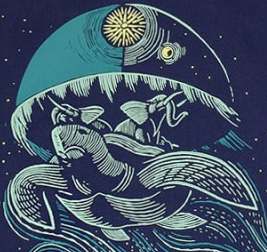Above the tree line, the alpine tundra portion of the mountains is covered in shrubs with red or pink flowers, grasses, and junipers that all grow close to the ground due to the intense wind, cold and ice they are regularly subjected to. Additionally, lichen, mosses, and cushion plants grow in places where other vegetation is absent. All of this vegetation provides ample food for the wild goats, sheep, roe deer, Ibex and elk as well as the livestock of the villages and towns nearby. The vegetation also provides nourishment for small mammals such as voles, ground squirrels, hares, pine martens, marmots, and dormouse. Of course, the large number of herbivores means there are also many carnivores found above the tree line including foxes, wolves,
Nefisian Lynx, brown bears, golden eagles, and vultures.
Right below the alpine tundra, the flora begins to grow taller, transitioning from short, dense shrubs to small larch trees that get taller and taller. The further down the mountainside you go, these larches are joined by oak, beech, poplar, elm, chestnut, mountain ash, birch, and maple trees. The lower portion of the mountains is also more colorful with buttercups, cornflowers, mountain avens, bell-flowers, snow-bells, aster, gentian and many other kinds of bright wildflowers. Most of the animals found above the tree line also roam through the forests alongside snakes, deer, salamanders, bats, butterflies, beetles, moths, and a vast array of birds and rodents. Various rivers and lakes also provide this part of the region with fresh fish as well as waterfowl, aquatic or semiaquatic plants, and semiaquatic mammals and rodents such as the beaver.











Very descriptive! I like how much detail you went into and it is very inspiring for how I can handle the rest of my geographic articles!
Thank you! I was a bit worried I'd gone into too much detail with flora and fauna.